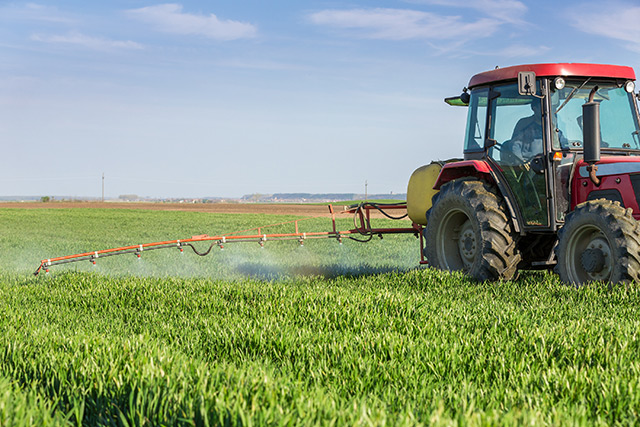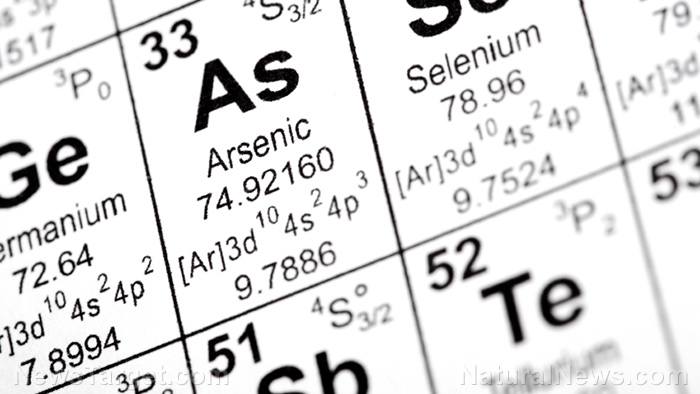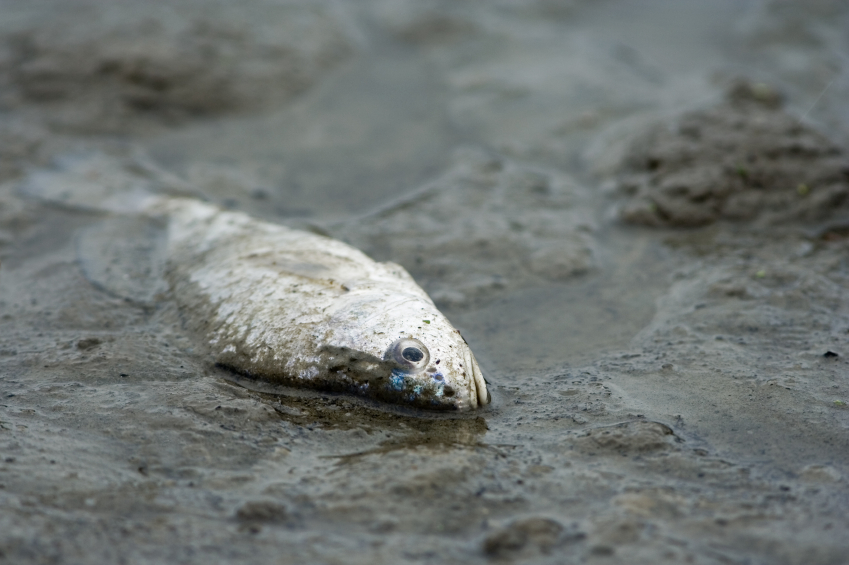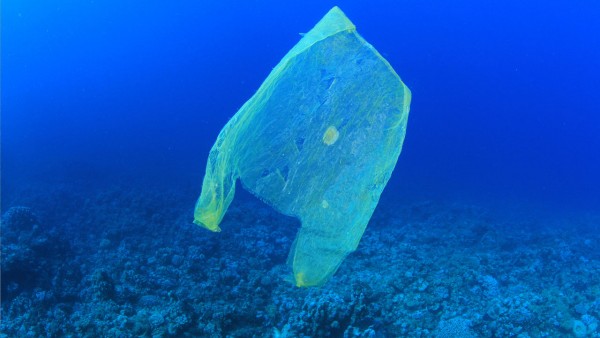Tebuconazole — toxicity, side effects, diseases and environmental impacts
11/21/2017 / By Frances Bloomfield

Tebuconazole is a triazole fungicide used to keep field crops and cereals free of pathogenic fungicide. This chemical works by inhibiting ergosterol biosynthesis, which is the metabolic pathway necessary for generating a major fungal plasma membrane constituent. Tebucanozole can be used as a seed dressing to remedy cereal bunt and smut disease, or as a foliar spray to control mildew and scale in a variety of crops.
Despite its wide usage, tebuconazole is considered to be a potentially dangerous substance. The World Health Organization (WHO) has deemed tebuconazole to be a “slightly hazardous” substance and an “acute hazard”, while the United States Environmental Protection Agency (EPA) has noted down tebuconazole as a “moderately toxic” chemical.
List of known side effects
Tebuconazole is a suspected reproductive toxin. To be more precise, tebuconazole is suspected of being capable of damaging fertility or children while they’re still in the womb. A multitude of studies presented in 2006 by the California Environmental Protection Agency/Department of Pesticide Regulation have noted that fetuses of lab rats that had been dosed with tebuconazole had reduced body weights, instances of missing tails, malformed faces, and even decreased litter sizes.
As per the EPA, tebuconazole is a possible human carcinogen. Several studies that focused on the potential carcinogenicity of tebuconazole have found that it can increase the incidence of thyroid tumors in male rats, and liver tumors in both mice sexes.
Avoid ocular contact with tebuconazole. This chemical is known to be a mild eye irritant.
Swallowing tebuconazole can be dangerous as this chemical can lead to acute oral toxicity.
Heating tebuconazole will lead to its decomposition, which can then cause this substance to emit vapors containing nitrogen oxides and hydrogen chloride.
Tebuconazole should never be used in close proximity to bodies of water. Doing so can result in detrimental environmental effects, since tebuconazole is moderately toxic to fish and highly toxic to zooplankton. Moreover, this chemical can bring about mollusk intoxication.
Body systems affected by tebuconazole
According to the Pesticide Properties Database, tebuconazole targets the liver and bloodstream.
It can cause harm to the eyes, digestive, and reproductive systems as well.
Items that can contain tebuconazole
In the years since it was first registered under the EPA, tebuconazole has served as an active ingredient in a wide range of fungicides, including:
- Alpha Tebuconazole
- Bezel
- Cello
- Coronet
- Folicur
- Grail
- Kestrel
- Mystique
- Nativo
- Raxil S
- Riza
- Sage
- Silvacur
Furthermore, these companies are known to have been involved in or continue to be involved in the manufacturing and supplying of tebuconazole:
- AgriGuard
- Bayer CropScience
- Headland
- Makhteshim-Agan
- Nufarm
- Syngenta
How to avoid tebuconazole
For handling, always do so in an adequately ventilated area with an eye wash and safety shower. A full, impervious suit may be recommended, depending on the amount of tebuconazole being used. The ideal protective clothing types for this purpose are neoprene, nitrile, and butyl rubber.
For storage, ensure that tebuconazole remains in its original container and that it’s always tightly sealed.
Those who don’t play a role in the production of tebuconazole can avoid exposure or contact with this chemical by not purchasing any of the aforementioned pesticides.
Where to learn more
- A world in crisis: 57 different pesticides found in honeybee populations around the globe
- Chemicals.news
- Pesticides.news
- Poison.news
- Toxins.news
Summary
Tebuconazole is fungicide that is possibly carcinogenic and a suspected reproductive system toxicant. Depending on the route of exposure, it can harm the eyes, reproductive, and digestive systems, while also posing a risk to the liver and blood. This chemical should be kept as far away from natural water bodies as it can be toxic to zooplankton, fish, and mollusks.
Sources include:
ChemicalBook.com
PesticideInfo.org
PubChem.NCBI.NLM.NIH.gov
Sitem.Herts.AC.uk
InChem.org
RayFull.com
Tagged Under: Tebuconazole




















